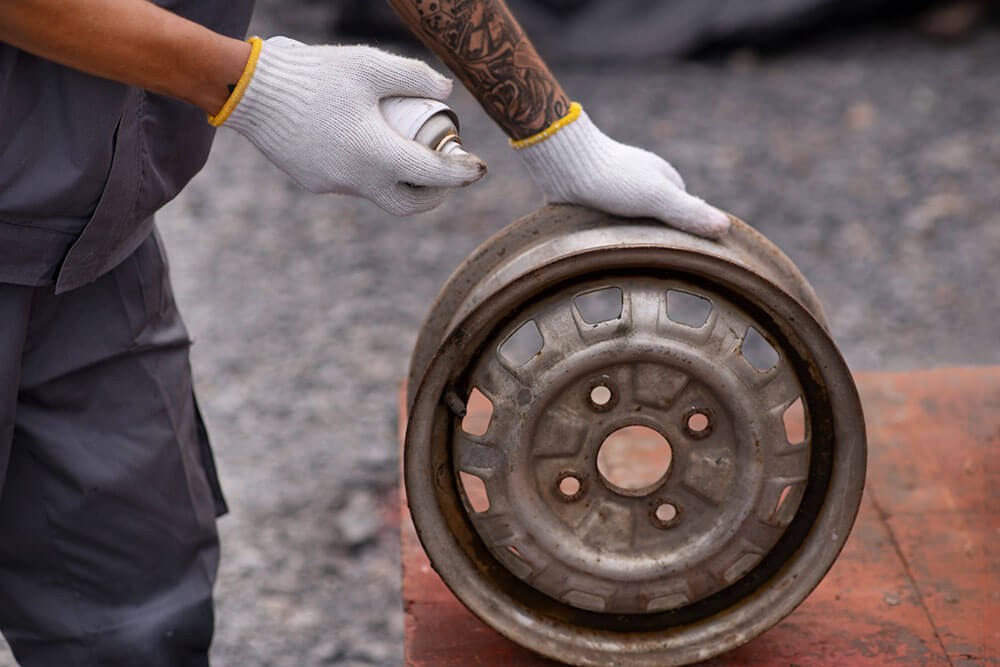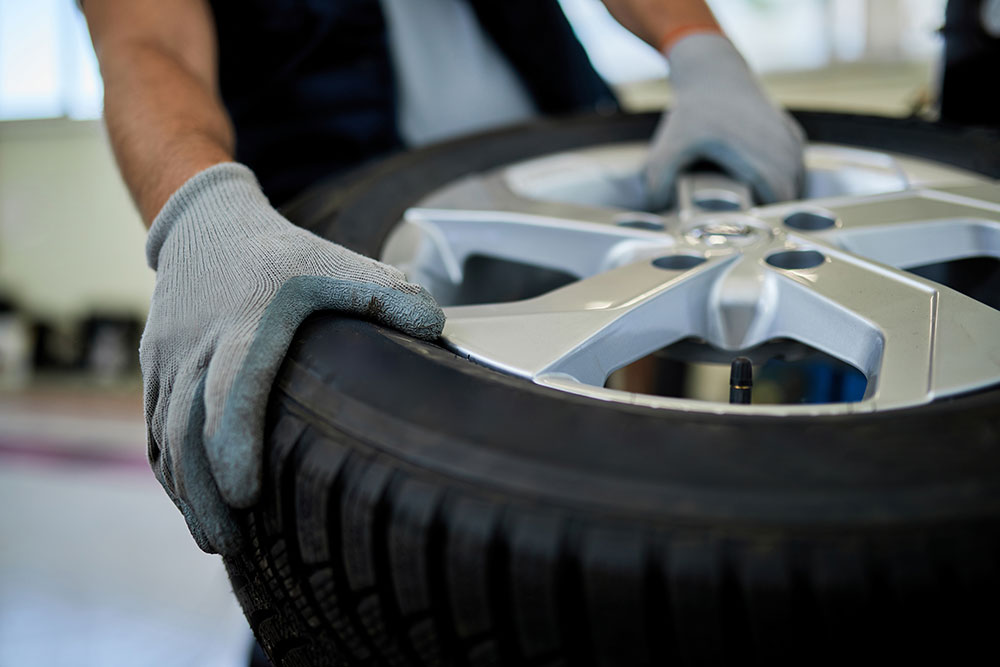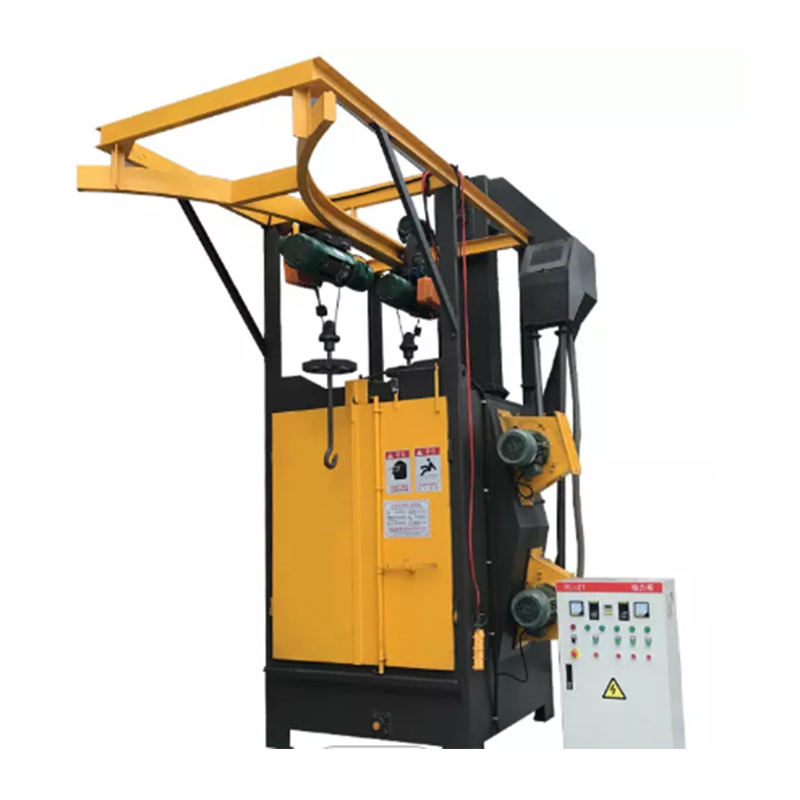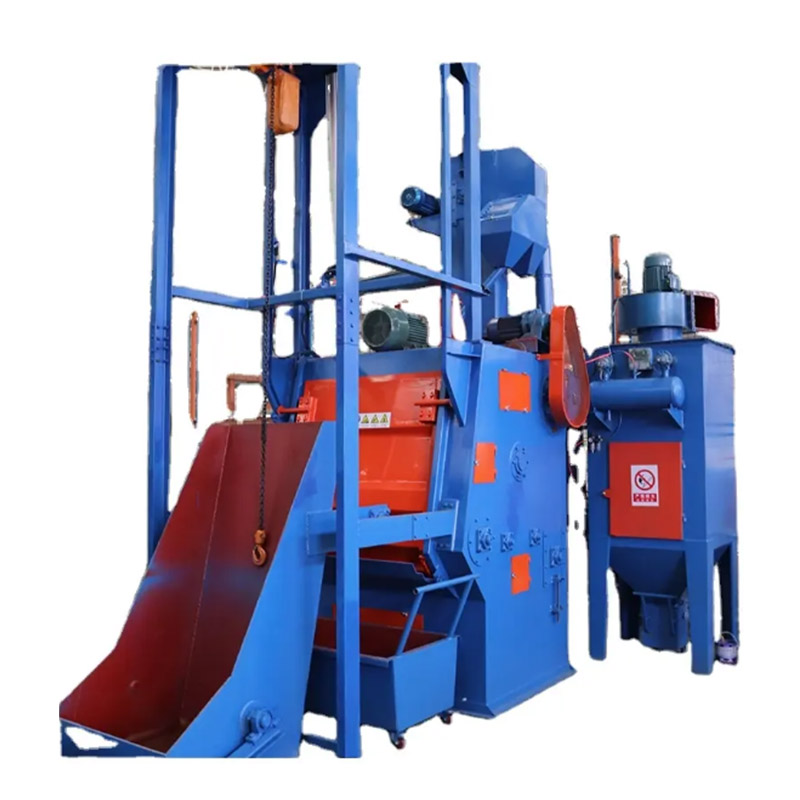Alloy wheel shot blasting machines are essential tools for cleaning, deburring, and preparing alloy wheels for painting or powder coating. These machines use high-speed abrasive particles to remove surface contaminants, corrosion, and old paint, leaving a smooth, clean surface that ensures optimal adhesion of new coatings. In this article, we’ll explore the benefits of alloy wheel shot blasting, key features to look for in a high-quality machine, top brands, and tips for maximizing productivity.
If you’re in the business of cleaning alloy wheels, you know that the process can be time-consuming and labor-intensive. That’s where an alloy rust and wheel shot blasting machine comes in. This powerful piece of equipment is designed to blast away dirt, rust, and other debris from alloy wheels quickly and effectively, saving you time and money in the long run.

When choosing an alloy wheel shot blasting machine, there are several key features to consider. Capacity is important, as you’ll want to choose a machine that can handle the number of wheels you need to clean at once. We provide different type of Shot Blasting Machines to meet your requirement. Power is also a consideration, as you’ll want a machine with sufficient power to clean your wheels quickly and effectively.
Durability is another key feature to look for, as you’ll want a machine that is built to last with sturdy construction and high-quality components. Finally, ease of use is critical, as you’ll want a machine designed with intuitive controls and simple maintenance requirements.
Benefits of Alloy Wheel Shot Blasting
- Improved Surface Quality: Shot blasting eliminates imperfections and creates a uniform surface for better paint adhesion.
- Increased Efficiency: Compared to manual cleaning methods, shot blasting is faster and more consistent, reducing labor costs and increasing productivity.
- Environmentally Friendly: Shot blasting is a dry process, generating less waste and pollution than alternative methods.
- Longer-lasting Coatings: By thoroughly removing contaminants, shot blasting enhances the durability and appearance of coatings.

How to Use an Alloy Wheel Shot Blasting Machine
Using an alloy wheel shot blasting machine is simple and straightforward. Here are the basic steps:
1. Load the Wheels
Load the wheels onto the blasting machine, making sure they are securely in place. Using an alloy wheel shot blasting machine is a simple and straightforward process. After choosing the best alloy wheel shot blasting machine that meets your needs, you can start using it to clean your wheels. The first step in using an alloy wheel shot blasting machine is to load the wheels onto the machine.
To do this, you will need to make sure that the wheels are securely in place on the machine. Depending on the machine you have chosen, there may be specific instructions for how to load and remove the wheels correctly. Be sure to follow these instructions carefully to ensure that the wheels are properly positioned and won’t move around during the cleaning process.
2. Set the Machine
Set the blasting machine to the appropriate settings for your wheels. This may include adjusting the speed, pressure, and other settings. After loading the wheels onto the alloy wheel shot blasting machine, the next step is to set the machine to the appropriate settings. This is an important step, as the settings you choose will determine how effectively the machine cleans your wheels.
The first thing to consider when setting the machine is the type and diameter of wheels you are cleaning. Different types of alloy wheels may require different settings in order to achieve optimal results. For example, some wheels may be more delicate than others and require a lower pressure setting to avoid damage.
3. Start the Machine
Start the five-wheel-out machine and allow it to run until the wheels are clean. Starting the alloy wheel shot blasting machine is a straightforward process. After loading the wheels onto the machine and setting it to the appropriate settings, the next step is to start the machine and allow it to run until the wheels are clean.
To start the shot blasting machine, you will need to follow the manufacturer’s instructions carefully. Most alloy wheels shot blasting machines come with intuitive controls that allow you to start the machine easily.

4. Unload the Wheels
Unload the wheels from the machine and inspect them for cleanliness. If necessary, repeat the process to achieve optimal finish results. After the alloy wheel shot blasting machine has finished cleaning the wheels, the next step is to unload them from the machine. This is a critical step in the process, as it ensures that the wheels are ready for use and free from any remaining debris.
To unload the wheels, you will need to follow the shot blasting the manufacturer’s instructions carefully. Most alloy wheels shot blasting machines come with instructions for unloading the wheels safely and effectively.
When selecting an alloy wheel shot blasting machine, consider factors such as your production volume, available space, and specific requirements. Research different brands and models, and consult with expert manufacturers or other professionals in the industry to gather recommendations.
Key Features of a High-Quality Alloy Wheel Shot Blasting Machine
Blast Wheel Power and Efficiency
An efficient blast wheel is critical for a productive shot-blasting machine. The power and speed of the blast wheel directly affect the surface quality and throughput. Look for machines with high-efficiency blast wheels that deliver consistent results with minimal energy consumption.
Workpiece Handling and Loading Systems
A well-designed workpiece handling system ensures smooth loading and unloading of alloy wheels, minimizing downtime and manual labor. Automated or semi-automated systems and equipment can significantly improve productivity and reduce the risk of operator injury.
Dust Collection and Environmental Control
A robust dust collection and treatment system is essential for maintaining a clean, safe working environment. Choose a machine with an efficient dust collector that effectively removes airborne particles and reduces maintenance and cleaning efforts.
Automation and Control Systems
Advanced automation and control systems enable precise control over shot blasting parameters, ensuring consistent results and minimizing operator errors. Look for machines with user-friendly interface applications, programmable presets, and remote monitoring capabilities.
Durability and Maintenance
Invest in a machine with robust construction and high-quality components that ensure long-lasting performance with minimal downtime. Additionally, consider ease of maintenance, availability of spare parts, and access to technical support when choosing a machine.
Tips for Maximizing Productivity with Your Alloy Wheel Shot Blasting Machine
- Regular Maintenance: Keep your machine in peak condition by following the manufacturer’s recommended maintenance schedule and using genuine replacement parts.
- Proper Training: Ensure operators are well-trained in the safe and efficient use of the machine, as well as troubleshooting common issues.
- Optimal Blast Media Selection: Use the appropriate blast media for the specific task to achieve the desired surface finish and minimize wear on the machine.
- Monitor Performance: Regularly check the machine’s performance and make adjustments as needed to maintain optimal productivity and quality.
- Implement Lean Principles: Organize your workspace for efficiency, reduce waste, and continuously seek opportunities to improve processes and productivity.

Conclusion
Selecting the best alloy wheel shot blasting machine is crucial for maximizing productivity and ensuring high-quality results. By considering factors such as blast wheel power, the workpiece handling systems, dust collection, automation, and durability, you can make an informed decision and choose a machine that meets your specific needs. Don’t forget to follow best practices to maintain and optimize your machine’s performance, ensuring long-lasting productivity and success in your operations.
For those in search of the best alloy wheel shot blasting machine, shotblastingmach.com offers a top-quality product designed for optimal performance and results. Their alloy wheel shot blasting machine is designed with precision and care, ensuring top-notch durability and longevity. By choosing shotblastingmach, you can trust that you’re getting the best product on the market for all your alloy wheel shot blasting needs. Their commitment to customer satisfaction and excellence ensures that you’ll receive top-notch service and support throughout your purchase and beyond. Whether you’re a small business or a large corporation, shotblastingmach.com has the perfect alloy wheel shot blasting machine to meet your specific needs.
FAQs – Best Alloy Wheel Shot Blasting Machine
What type of blast media should I use for alloy wheel shot blasting?
Steel shot or steel grit products are commonly used for alloy wheel shot blasting, as they provide a balance of cleaning efficiency and surface preservation.
How often should I replace the blast media in my shot-blasting machine?
The frequency of replacing blast media depends on factors such as the type and size of media, machine usage, and specific application requirements. Regularly inspect the media and replace parts of it when it no longer provides optimal results.
Can I use a shot blasting machine for other types of wheels besides alloy wheels?
Yes, shot blasting machines can be used to clean and prepare various types of wheels, including steel and aluminum wheels. However, the specific machine setup and blast media may need to be custom adjusted based on the material.
How much does an alloy wheel shot blasting machine cost?
The cost of an alloy wheel shot blasting machine varies depending on factors such as brand, size, features, and automation levels. Contact manufacturers or suppliers for specific pricing information based on your requirements.
What safety precautions should I take when operating an alloy wheel shot blasting machine?
Always follow the manufacturer’s safety guidelines and ensure operators wear appropriate personal protective equipment, such as safety glasses, hearing protection, and respirators when necessary.